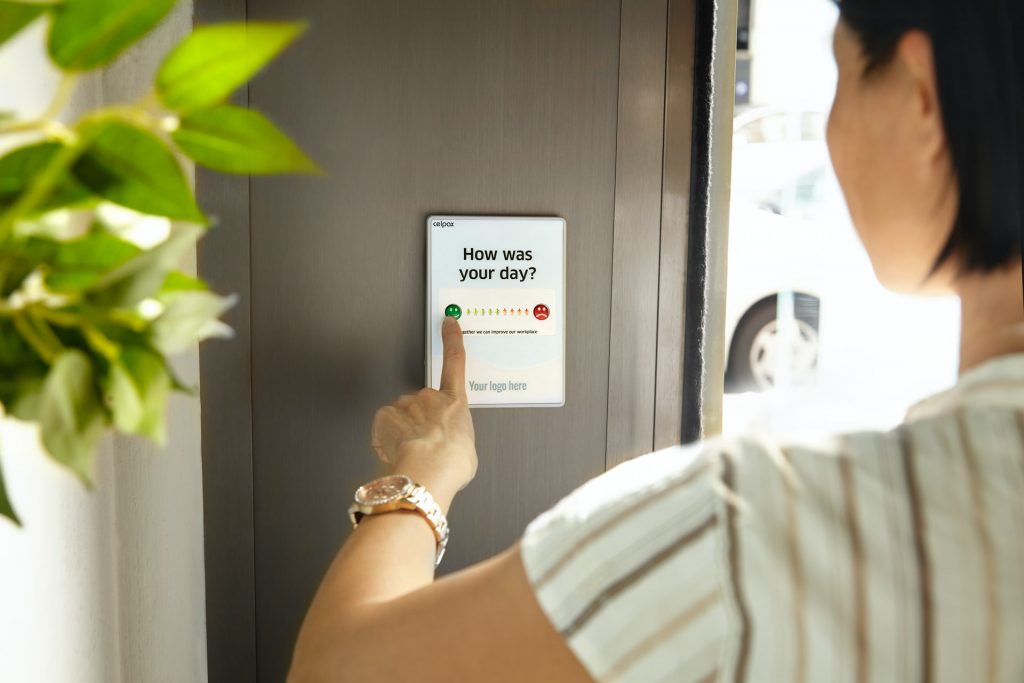“You have to want to be engaged. There has to be a deep-seated desire in your heart and mind to participate, to be involved, and make a difference. If the desire isn’t there, no person can book or plant it within you.” – Tim Clark
Do some of your remote team members appear disengaged from work?
Has this loss of engagement led to an overall reduction in your employees’ productivity and efficiency?
Guess what. You’re not the only project manager having a hard time keeping your remote team members engaged at work.
While it’s true that employees have to display a high level of willingness and participation to be involved in the organization’s affairs, remote work has now put the ball of employee engagement in the businesses’ court.
Remote work can get lonely and remote workers can feel isolated and left out. Millions of pros are working from the confinement of four walls for nearly two years now. And there’s no clarity on when companies would resume their in-office operations.
No more in-person meetings, watercooler conversations, group discussions, and the buzz of the workplace. Employee engagement never assumed such significance as it does now, and for all the right reasons.
That said, virtual employee engagement is not as easy as taking a walk in the park. With your employees working from different geographical locations and diverse time zones, how do you get everyone on the same page?
It’s a major challenge to keep the flock together virtually. That said, it’s only when human beings are made to think outside of the box that we do that!

Image Credit – Celpax on Unsplash
Just like the unprecedented arrival of Covid-19 made many businesses switch to remote work without any planning, the same situation has led to new techniques to boost employee engagement.
Now, here’s the thing. Virtual team engagement does not mean employers and employees turning up on Zoom video calls all the time. Do you know that constant Zoom meetings and happy hours have led to 69% of employees experiencing burnout while working remotely?
How To Define Employee Engagement?
Keeping your remote employees engaged would mean they’d still be at their productive best, just like they used to be while working from a physical office space. On the other hand, it can be quite a task for project managers to gauge what employee engagement means to their employees.
As mentioned earlier in the article, remote work can take its toll on employees’ mental and physical well-being. To have a fair idea of how engaged each of your remote workers is, you can generally ask them about their experience of working remotely. Are they fine with it, or are they facing certain challenges that directly affect their performance?
Also, you can track their progress on assigned tasks and projects. You should immediately address any underlying issue if you notice a sharp dip in their progress and productivity,
How To Maintain Team Engagement During Remote Work
Unless you make your remote employees feel like an integral part of the team, you cannot expect them to display a high level of engagement at work.
Remote work is here to stay and for long. Project managers and HR managers need to up their ante and waste no time in keeping remote employees engaged via some unique and intelligent ways.
Let’s check out how you can do it.
1. Stay connected via online communication tools
Use online communication tools like Zoom, Google Meet, Chanty, GoToMeeting, etc., to keep your remote employees connected through team meetings, group chats, online discussions, etc. This will help you prevent a much-dreaded lack of communication within the team, which can further disrupt the workflow of the entire team as well as make them feel left out.

Image Credit – Gabriel Benois on Unsplash
Video conferencing has proved to be of great benefit for remote workers who often felt the need to see their colleagues, which is not possible with audio conference calls. Face-to-face communication can improve team bonding as team members feel more connected to each other. Similarly, sending and receiving direct messages eliminates the frequent need to audio/video call other team members.
The key to seamless communication with remote team members lies in the efficient usage of different communication tools for different purposes.
2. Be Empathic Towards Your Employees
Covid-19 has spread fear and panic in many states across the world. Everyone is concerned about their well-being, family members, and near and dear ones. It’s not easy for your remote team members to concentrate properly on assigned tasks in this kind of situation. Have you noticed a change in some of your employees’ behavior of late?
You should schedule a one-on-one with every team member and encourage them to share their concerns, if any, with you. This would allow you to understand what your employees are going through on a personal level. You can try to find a solution to their problems, and if that’s not possible then there’s no harm in offering wholehearted support to them. Make them feel cared for.
3. The Power Of Appreciation
Is there any professional who does not want to be appreciated and recognized for the hard work they put in? Your employees didn’t see remote work coming when they joined you, but they are doing the best they can despite all the distractions that WFH brings with it.
Amidst all this, project managers and HR managers should praise all of them for the sincere efforts they put in, and recognize stellar performance. Appreciation and recognition at the right time can lift employee morale and boost their self-confidence, which eventually shows in their high level of engagement and improved performance.
4. Use The Best Team Collaboration Software
You cannot have an engaged remote team unless there’s a productive collaboration among them. Since remote workers no longer get to interact with each other daily like in a regular office space, it can be a challenging task for project managers to keep every team member on the same page. Here, using a top-rated team collaboration software can get the job done for project managers and their remote teams.
A feature-packed team collaboration software like ProofHub, Flock, Ryver, Trello, etc., enable all team members to coordinate on tasks through task management, file management, Gantt charts, Kanban boards, project scheduling, time management, and much more. All team members can check who’s working on what besides checking their work progress.
In other words, a team collaboration software is essential to keep your widely dispersed team members together on a common platform.
5. Embrace Hybrid Work Model
Alright, from regular office spaces to remote work in a jiffy (due to Covid-19), and from WFH to a hybrid work model that incorporates a mix of both in-office and remote work in employees’ schedules. Many companies have offered their workforce the flexibility to work from the office for 2-3 days in a week to promote team bonding and in-person collaboration.
On the other hand, working remotely saves employees’ travel time and cuts down on commute costs. Remote workers are more likely to be more relaxed, more focused, and more productive. The flexibility to choose the place of work has given employees the choice to switch between in-office and remote office as per their convenience.
Conclusion
Maintaining team engagement during remote work can be a tough nut to crack for some project managers. It’s a challenge to keep your remote team members motivated and engaged when there’s a lack of in-person interaction. This is especially true for employees who are working remotely for the first time.
That said, thanks to advanced technology, keeping your remote team members engaged is now an easy task. By combining the best team collaboration and communication tools along with embracing flexible workplace strategies, you can maintain team engagement, which further improves the overall productivity, boosts employee morale, and increases employee retention rate.
